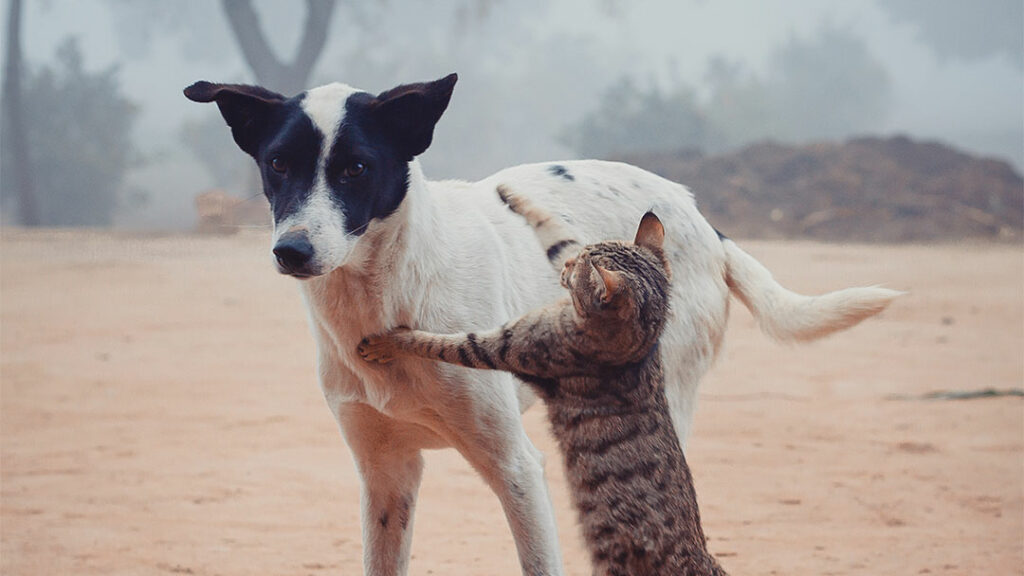In popularity and numbers, cats are among the world’s favourite pets, feted for their independent natures, grace and loving yet enigmatic behaviour. Although all cats have similarities, different breeds of house cats come with their own personalities, physical appearances, and care requirements. From affectionate breeds that won’t leave your side to more independent types that like to take themselves off to a quiet corner, understanding the difference between house cats will make you better able to choose the ideal feline for your home.
The Diversity of House Cat Breeds
As the domestic house cat or Felis catus, the house cat has developed over millennia and now exists in many different breeds, each with its unique attributes. Certain breeds are characterised by physical traits such as long or short hair, stature and eye colour, while others are identified by psychological make-up. These distinctions are what make the world of house cats colourful and interesting, and what enables future cat owners to choose which suits their home and personality the best.
Short-Haired House Cats
Short-haired cats are one of the most common types of cats for pet owners because they require minimal grooming. The American Shorthair is one of the most popular breeds in this area. A calm and muscular companion cat, they are great for families. Another favourite is the British Shorthair, which has a thick coat and round face, and is prized for its placid, easygoing nature.
The Siamese cat is also a short-haired breed and is recognised by its stunning bright blue almond-shaped eyes and pointed colouring. Gossipy, sociable and intelligent, this breed frequently forms a close relationship with its owners. Siamese cats, unlike the languorous British Shorthair, are demanding in terms of attention and do well in interactive homes.
Long-Haired House Cats
For those who don’t mind a little grooming, long-haired cats have luxurious coats and regal looks. The most popular long-haired breed is the Persian cat. With its flat face, long-flowing coat and docile temperament, the Persian is the archetypal lap cat. However, sadly, they may mat very easily and require daily grooming to preserve their beautiful coat.
The Maine Coon is also a well-known long-haired breed, particularly in North America. These large, docile dogs are friendly, affectionate and good with kids and other animals. They have thick coats that make them comfortable with cooler weather, and their bushy tails and tufted ears give them a wild look that is still lovable.
Unique and Exotic Breeds
And then, in addition to the standard short- and long-haired house cats, there are exotic house cats that cater to owners seeking something a little extraordinary. The Sphynx, for instance, is a hairless breed with wrinkled skin and large ears. Contrary to what you may believe, the Sphynx is an extremely affectionate cat and relies on human contact. Being hairless, they require bathing to remove oils which would otherwise be absorbed by hair.
Another exciting race is the Bengal cat; it has fur that looks like wild leopard. Bengals, being active and high-energy cats, require plenty of mental and physical activity. They make the perfect fit for experienced cat owners who can offer a challenging living space.
An elegant demeanour tries to hide a mischievous nature as its fine silver-blue coat and green eyes evoke a Russian mystique. They’re intelligent, gentle, and somewhat reserved and in some cases, even a one-person cat in the house.
Understanding Cat Personalities
More than just looks, there’s a huge difference in the personalities of house cats. Some lines are more extroverted and social, and others are more solitary and aloof. For instance, Ragdolls are recognised for being gentle and loving. They tend to go limp when picked up, which is how they earned their name “Ragdoll” — and they also adore being cradled like an infant.
In contrast, the Abyssinian is curious, alert, and spends much of its time exploring the environment. They are playful and like to climb and may frequently be found perched on the highest spot available to them. They do well in homes that are happy to devote a lot of attention and enrichment to them.
And there are cats like the Scottish Fold, which have special ears folded over their sweet faces. They are quiet, affectionate, and quick to settle into a new environment, making them great cats for singles and families.
Choosing the Right Cat for Your Lifestyle
The perfect breed of house cat for you will depend a lot on your lifestyle, your home environment, and how much time you have to dedicate to your pet. “If you’ve got a small apartment or you’re busy, you might become very attached to a low-maintenance, independent breed like a British Shorthair or Russian Blue,” she says.
Families with kids or other pets may want to consider the playful, friendly Maine Coon or Ragdoll. But for a more active household, a breed such as the Bengal or Abyssinian can add extra energy — and entertainment — to the mix.
Grooming needs also deserve consideration. One way to stay ahead of skin problems is to brush long-haired breeds regularly and maintain their coats; this is only one example of long-haired cats that require a bit more grooming and attention than the short- or hairless cats, who can’t necessarily be brushed but may have their skin issues (as well as special requirements for bathing).
The Role of Mixed Breeds
Unlike purebred cats, which provide predictability in size, personality, and appearance, many household cats are mixed, commonly adopted from shelters. Not even an overweight, ugly cat is running short on love. Mixed-breed cats also enjoy hybrid vigour, and fewer genetic health issues are present in mixed breeds.
Rescue is rewarding, knowing you’ve given a cat a second chance at life. It’s also a chance to discover a one-of-a-kind kitty with an amalgamation of characteristics from different breeds, unique companions in every sense.
Final Thoughts on Different House Cats
The world of strange house cats is large and diverse, and there’s something for everybody. Whether you’re more partial to the regal beauty of a Persian, the delightful antics and enchanting eyes of a Sphynx, or the athletic agility of a Bengal, there’s a breed — or fabulous mixed breed — out there that will suit you purr-fectly. You can find the best match with the most enjoyment by learning as much as possible about the traits of your breed, the personality of your cat, and the care requirements before you pick your cat.
For many of us, house cats bring happiness, solace and camaraderie. By spending the time to investigate the different breeds of cats, the fit between the feline and the human who owns it will be a good fit for both of them.



